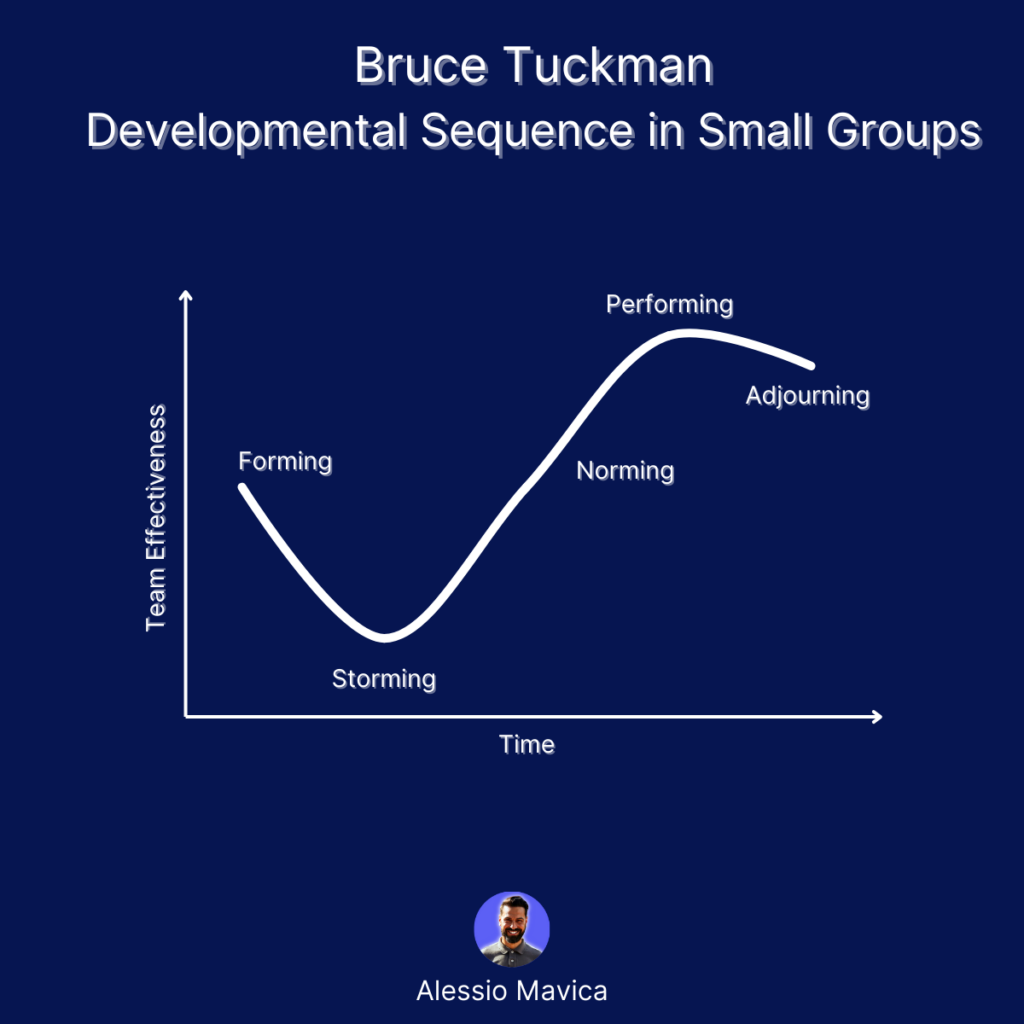The Ultimate Guide to Software Project Tracking Solutions
Why Effective Tracking is Crucial for Software Projects
Have you ever felt lost in a sea of tasks and deadlines? Managing a software project can feel precisely like that—without reliable tracking, it’s a chaotic mess. Effective project tracking isn’t just a “nice-to-have”; it’s a game-changer. Let’s break down why.

The Cost of Poor Project Tracking
Picture this: you’re midway through a critical software development project. Suddenly, you realize multiple threads are unravelling—you’ve missed a few deadlines, the budget’s ballooning, and your clients are beginning to grow frustrated. Sound familiar? The lack of a robust tracking mechanism is often the unseen culprit behind such predicaments. Missed deadlines and budget overruns aren’t just statistics; they’re the stress points that can strain your team and client relationships.
Benefits of Reliable Tracking Solutions
What’s the flip side? Imagine knowing the exact status of each task, resource, and milestone at a glance. Reliable tracking solutions make this dream a reality, boosting efficiency and client satisfaction. For example, consider automated client reporting. This feature doesn’t merely save you hours; it ensures your clients always know where the project stands, minimizing potential conflicts and miscommunications.
Moreover, effective project tracking facilitates better decision-making. When you have real-time data on project progress, resource allocation, and potential roadblocks, you can adjust your strategy on the fly. This agility is particularly crucial in software development, where scope creep can be a significant issue. Need to know more about handling scope creep? Check out this insightful article on scope creep in project management.
In essence, reliable tracking isn’t just about keeping things organized; it’s about empowering your team to perform at their best, ensuring your projects are on time, within budget, and meeting client expectations.
Key Features to Look for in a Project Tracking Tool
Now, let’s dive into what makes a great project tracking tool tick. Spoiler alert: not all tools are created equal.
Real-Time Progress Tracking
Have you ever been in a meeting where a project’s status updates felt like ancient history? Real-time progress tracking can eliminate that problem by providing up-to-the-minute data. This feature ensures you always know where your project stands, enabling nimble decision-making. For instance, I recall a recent project where our team was using a tool that updated task statuses in real-time. This immediacy allowed us to identify bottlenecks and make adjustments instantly, keeping the project on track.
Integration with Existing Tools
In our interconnected world, integration is key. If your current toolkit doesn’t play well with a new project tracking tool, you’re in for a headache. Recently, a client came to us struggling because their new tracking software didn’t integrate with their existing CRM system. We suggested a different solution that offered seamless integration, and it was like night and day. Their workflow became much more streamlined, and they saw immediate improvements in efficiency.
Automated Reporting and Analytics
Who loves manual reports? No one. Automated reporting can save significant time and reduce errors. During a recent project, we switched to a tool with robust automated reporting. This change freed up our project managers to focus on higher-level tasks rather than getting bogged down in report generation. Automated analytics offered insights we hadn’t even considered, helping us to continually refine our strategies based on real data. To learn more about the benefits of automation in various industries, check out this article on automation.
User-Friendly Interface
Even the best tool is useless if it’s a pain to use. I remember trialing a highly praised project tracking tool that was feature-rich but user-unfriendly. The team’s morale dipped each time they had to interact with the platform. Eventually, we switched to a more intuitive solution, and it made a world of difference. The interface should be intuitive, making it easy for your team to adopt and utilize fully.
Common Challenges in Implementing Tracking Solutions
Now, you might be thinking, “This all sounds great, but implementing a new tracking solution is easier said than done.” You’re not wrong. Even the best tools come with hurdles. Let’s walk through some common challenges and how to tackle them.
Data Silo Issues
You know the deal: various teams across an organization often hoard their data, creating isolated “silos.” This can be a huge issue in software development, where collaboration is crucial. Breaking down these silos requires more than just a good tool; it necessitates a cultural shift towards openness and data sharing. A project I recently worked on was initially plagued by data silos, causing delays and redundant work. By adopting a collaborative approach and utilizing a tool designed for data integration, we managed to streamline the workflow significantly. For more insights, you can explore why data silos are the hidden enemy of software development teams.
Resistance to Change within Teams
But here’s the thing: people are naturally resistant to change. Introducing a new tool can face pushback, especially from team members comfortable with old systems. Addressing this involves transparent communication and comprehensive training. Recall a time when a team I was consulting for was hesitant to adopt a new tracking tool. We held focused training sessions and gradually phased in the new system. The transition wasn’t overnight, but eventually, the team saw the benefits and fully embraced the change.
Over-Reliance on Automated Reports
Sure, automation is fantastic, but over-reliance can be a pitfall. Automated reports should augment human oversight, not replace it. I once observed a team become too dependent on automated reports, only to find out too late that critical nuances were missed. Balancing automation with human validation is key. Remember, the best insights often come from a combination of machine efficiency and human intuition.
Maintaining Clear Communication
Miscommunication can be the downfall of even the best-planned projects. Keeping everyone in the loop requires consistent and clear communication channels. A project I managed benefited greatly from regular briefings and collaborative tools designed to foster transparency. If you’re looking for ways to keep stakeholders aligned, consider these effective communication strategies.
It’s all about anticipating these challenges and having strategies in place to mitigate them, ensuring your new tracking solutions are as effective as possible.
Making the Right Choice for Your Company
As we bring this discussion to a close, let’s circle back to where we began. Remember that chaotic mess of tasks and deadlines? With the right project tracking tools, that chaos transforms into a clear, navigable path to success.
Tailoring Solutions to Fit Your Needs
Not all solutions fit all needs. Tailoring your choice to meet your specific requirements is essential. During a recent engagement, I witnessed firsthand how a customized approach to project tracking revolutionized a client’s workflow. They went from constant firefighting to strategic, proactive management. That’s the power of picking the right tool for your unique challenges.
AgencyDots: The One-Stop Solution
If you’re looking for a comprehensive solution, AgencyDots has got you covered. Our platform provides everything from real-time tracking to automated reporting, designed specifically for companies that collaborate with external clients on software development projects.
Overview of Features
From managing all your projects in a single system to boosting visibility and standardizing operations, AgencyDots offers a robust suite of features to meet your needs. It’s not just about tracking; it’s about empowering your team to perform at their best and keep clients in the loop effortlessly.
Why AgencyDots Stands Out
Designed for software development projects, AgencyDots makes it easy to collaborate, gain insights, and maintain control over complex workflows. Interested? Discover more about how AgencyDots can streamline your operations.
Final Thoughts
Choosing the right tracking solution can transform your software projects from chaos into streamlined successes. Ready to make the switch? Now, take a moment to reflect. Think about your current processes and where you can infuse efficiency and clarity. What small tweak could have the biggest impact? Go ahead—apply these insights and watch your projects flourish.
And there you have it! The roadmap to effective project tracking. It’s more than just software; it’s about creating a smoother, more efficient workflow that ultimately drives your success. So, equip your team, break down those data silos, and don’t shy away from intelligent automation. Your future self will thank you.
FAQs about Software Project Tracking Solutions
1. What is the primary focus of “The Ultimate Guide to Software Project Tracking Solutions”?
The primary focus of the article is to provide an in-depth look at software project tracking solutions, highlighting their importance, key features to consider, and common challenges in implementation. This guide aims to offer practical advice for selecting and using the right project tracking tools to overcome common issues like data silos and miscommunication.
2. Why is real-time progress tracking essential in software projects?
Real-time progress tracking is crucial because it allows project managers to receive up-to-the-minute updates on task statuses, enabling quick adjustments and informed decision-making. This feature helps keep projects on track, prevent delays, and ensure alignment with client expectations. It’s detailed under the “Key Features to Look for in a Project Tracking Tool” section of our guide.
3. What are some challenges commonly faced when implementing tracking solutions?
Common challenges include data silo issues, resistance to change within teams, over-reliance on automated reports, and maintaining clear communication. These hurdles can inhibit the effectiveness of a new tracking solution if not adequately addressed. Check out the “Common Challenges in Implementing Tracking Solutions” section for an in-depth exploration of these issues. Additionally, understanding mastering communication in project management can help improve overall project success.
4. How does AgencyDots stand out as a tracking solution?
AgencyDots is designed specifically for companies that need to collaborate with external clients on software development projects. It offers comprehensive features like real-time tracking, automated reporting, and data integration—all aimed at streamlining operations, boosting productivity, and enhancing client satisfaction. The “AgencyDots: The One-Stop Solution” section provides further details on why this platform excels.
5. What steps can I take to ensure a smooth transition to a new project tracking tool?
To ensure a smooth transition, communicate the benefits of the new tool clearly to your team, offer comprehensive training sessions, and gradually phase in the new system. It’s also essential to address any resistance to change and maintain open communication channels to identify and solve any issues quickly. Detailed strategies are discussed in the “Resistance to Change within Teams” subsection of the guide.
Try AgencyDots for free!
Control your entire project portfolio from one place.
Make your software development agency efficient.
No credit card required.

